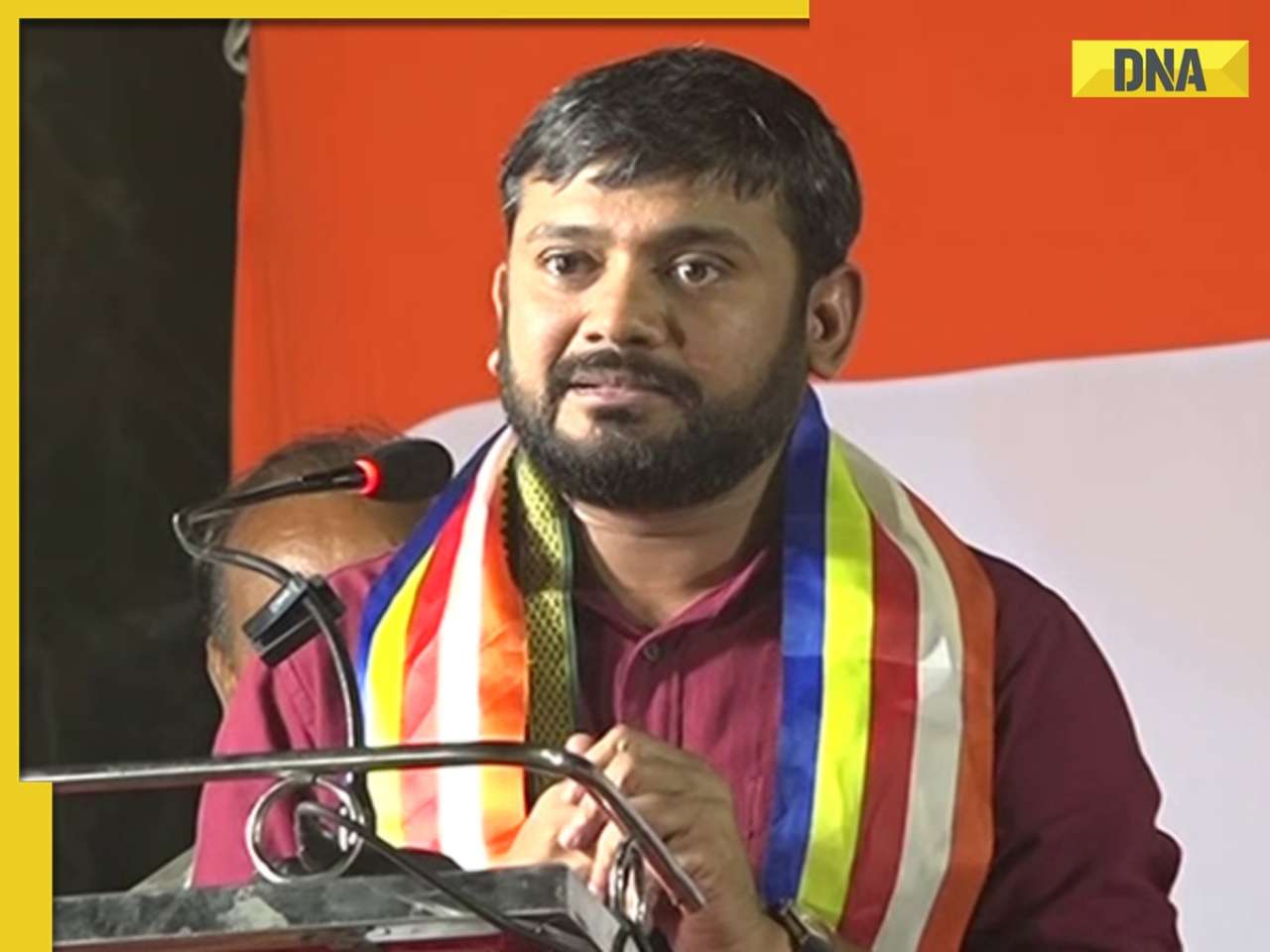- LATEST
- WEBSTORY
- TRENDING
EDUCATION
Meet Indian genius who won Nobel prize for his historic work in...., not from IIT, IISC, NIT, IIM
One of Chandrasekhar’s most celebrated achievements is his work on Sir Isaac Newton’s Philosophiæ Naturalis Principia Mathematica, a testament to his profound influence on classical mechanics
TRENDING NOW
In the quiet confines of the University of Chicago, an astonishing revelation was taking place in the realm of astrophysics. Subrahmanyan Chandrasekhar, a name synonymous with cosmic discovery, had just formulated a theory that would forever alter our understanding of stellar objects. But what lay behind this groundbreaking insight, and how did Chandrasekhar, a humble boy from Madras, ascend to such scientific heights?
Born on October 19, 1910, in Lahore to Tamil parents Sitalakshmi Balakrishnan and Chandrasekhara Subrahmanya Ayyar, Chandrasekhar's early life was marked by intellectual promise. His father, a deputy auditor general, was transferred to Madras in 1918, where Chandrasekhar’s academic journey began. Despite his father's wish for a career in the Indian Civil Service, young Chandra was driven by an insatiable curiosity for science.
After being homeschooled until the age of twelve, he excelled at Hindu High School and Presidency College, Madras. His passion for physics led him to Cambridge in 1930, where he joined Trinity College under the guidance of Professor R.H. Fowler. It was here that Chandrasekhar delved into the mysteries of white dwarf stars, laying the groundwork for what would later be known as the Chandrasekhar Limit. This limit defined the maximum mass of a stable white dwarf and significantly influenced our understanding of stellar evolution.
Chandrasekhar’s career was illustrious. Appointed as an assistant professor at the University of Chicago in 1937, he remained there until his retirement, spanning six decades of groundbreaking work. His transformation of The Astrophysical Journal into a major publication and his contributions to NASA’s research epitomise his impact on the field.
One of Chandrasekhar’s most celebrated achievements is his work on Sir Isaac Newton’s Philosophiæ Naturalis Principia Mathematica, a testament to his profound influence on classical mechanics. Despite his monumental contributions, he remained humble and focused on his quest for knowledge.
Honored with the Nobel Prize in Physics in 1983 alongside William A. Fowler, Chandrasekhar's legacy extends beyond accolades. The Chandra X-ray Observatory and Chandrasekhar’s own number in magnetohydrodynamics are testaments to his enduring impact. His desire to emulate Isaac Newton, as revealed by his brother, underscores the depth of his scientific aspirations.
Chandrasekhar passed away on August 21, 1995, but his cosmic insights continue to illuminate the mysteries of the universe.







)
)
)
)
)
)
)
)
)
)
)
)
)
)
)
)






























































